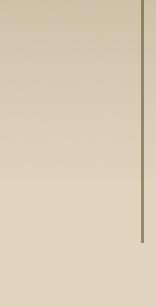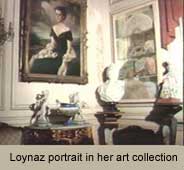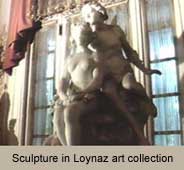

| Page [1] [2] [3] [4] [5] |
Although she remained at the margins of Cuban literary movements, Dulce María published a number of individual poems and a book, Versos 1920-1938, during this period, and she was known as a poet in Cuban literary circles. Her first marriage to a cousin, from 1938 to 1943, was unhappy, and they divorced.


The writer Pedro Simón and and his wife, world-famous ballerina
Alicia Alonso, were among Dulce María’s oldest friends, and
Pedro later became the editor of her archives and several editions of
selected poems. In his interview with Judith Kerman in Havana in 1996,
Simón talked about Dulce María’s rediscovery and emergence
into the literary life of Revolutionary Cuba.
{Audio
Link:
Simón
- rediscovery}
In spite of the record of publications before and during her first marriage,
Dulce María later claimed that she might never have published anything
if Pablo had not taken such a great interest in her work. In fact, important
early works of Dulce María’s, such as the “Love Letter
to King Tut-Ankh-Amen” and her lyric novel Jardín, were not
published until quite late in her writing career, when Pablo made her
work well-known, especially in Spain, and she won numerous awards. Her
sister and two brothers, although poets and artists involved in the same
literary and artistic circle as young adults, did not publish their works.

{Audio Link: Simón - Loynaz family}